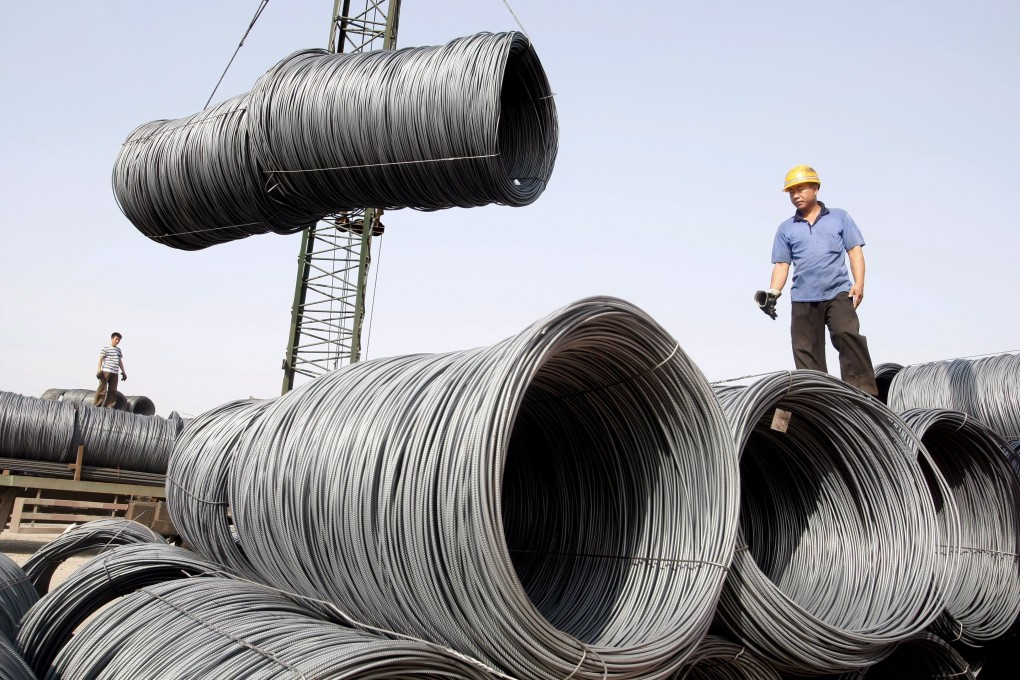Climate-based tariffs by US, EU on Chinese steel and aluminium would ‘set a concerning precedent for China’
- Biggest takeaway from the reported discussions is that ‘trade policy and climate policy are growing increasingly intertwined’, analyst says
- But it’s unclear whether the European Union will get behind the idea reportedly pitched by the Biden administration, as relationship with China could be affected

The imposition of climate-based tariffs on Chinese steel and aluminium – reportedly being considered by the United States and European Union – would set a concerning precedent for China, but the overall impact on those sectors should be limited, according to analysts.
And they say that such a concerted effort by the US and EU also serves as a warning to the world’s second-largest economy, as it reflects how climate change could become another battleground between China and the West.
“The tariff issue has lasted for quite some time,” said Lu Xiang, a US-China relations expert with the Chinese Academy of Social Sciences. “The US has no sincerity in cooperating with China on climate change.”
He also noted that products related to climate change, such as solar panels and lithium batteries, could be hit by such punitive measures that are commonly imposed in trade disputes.